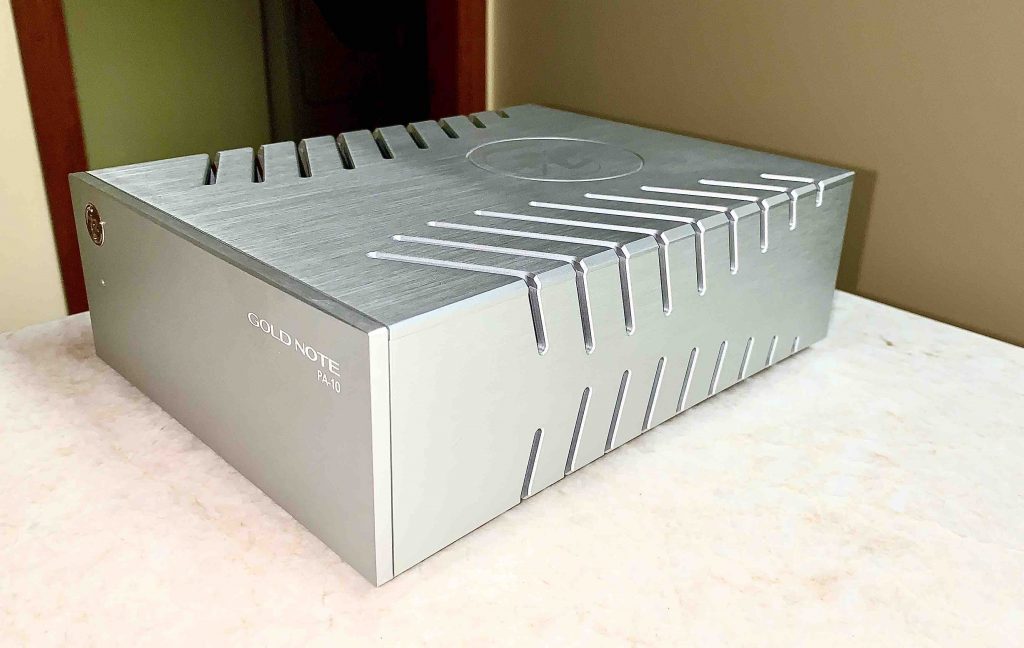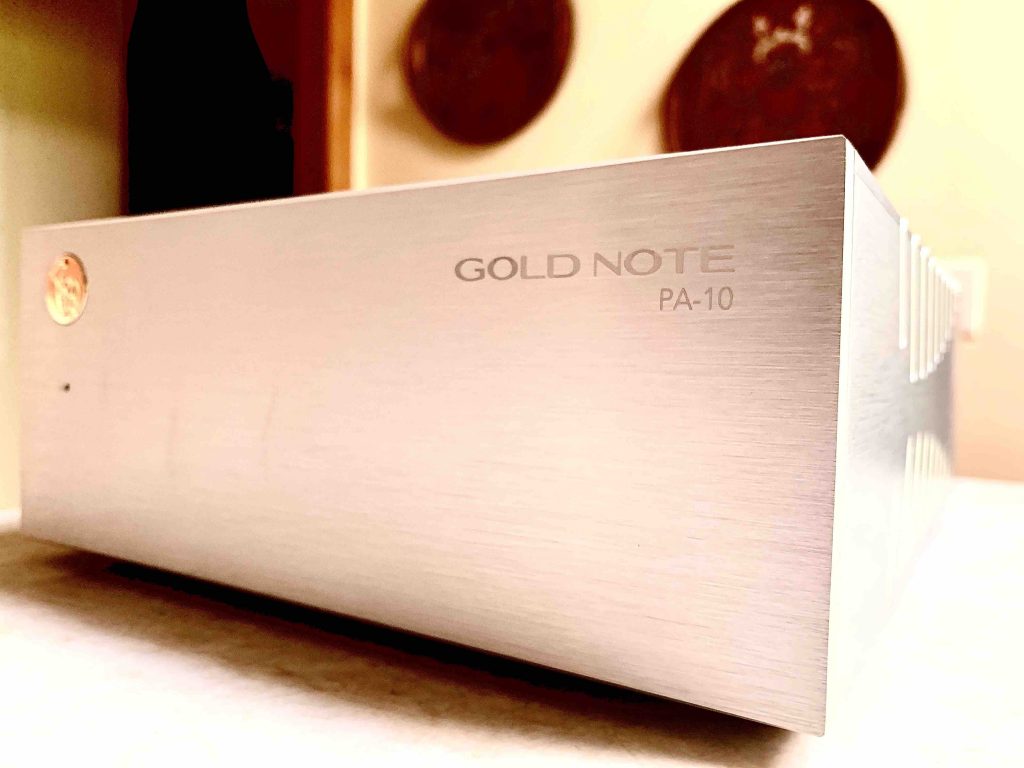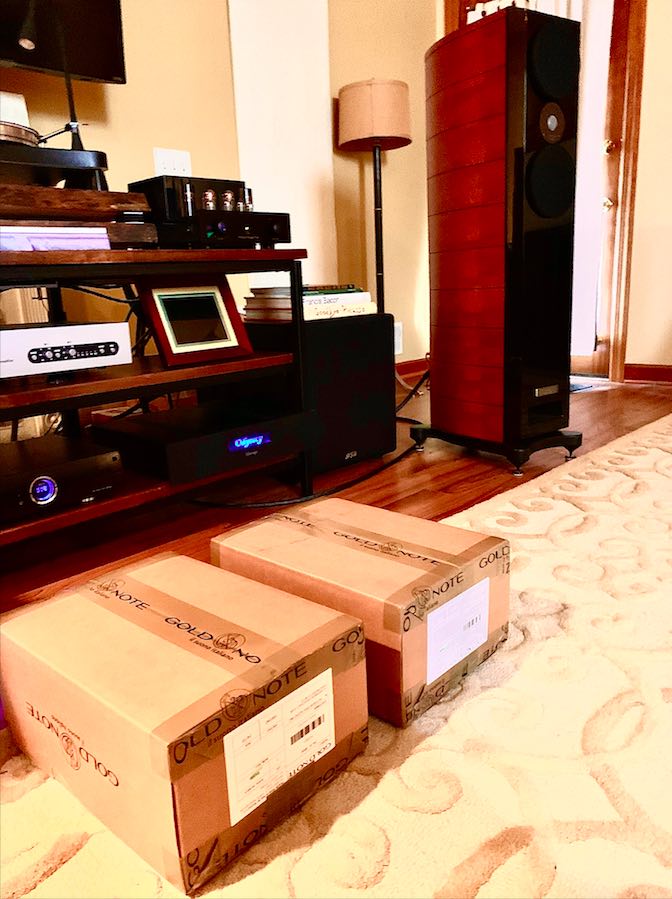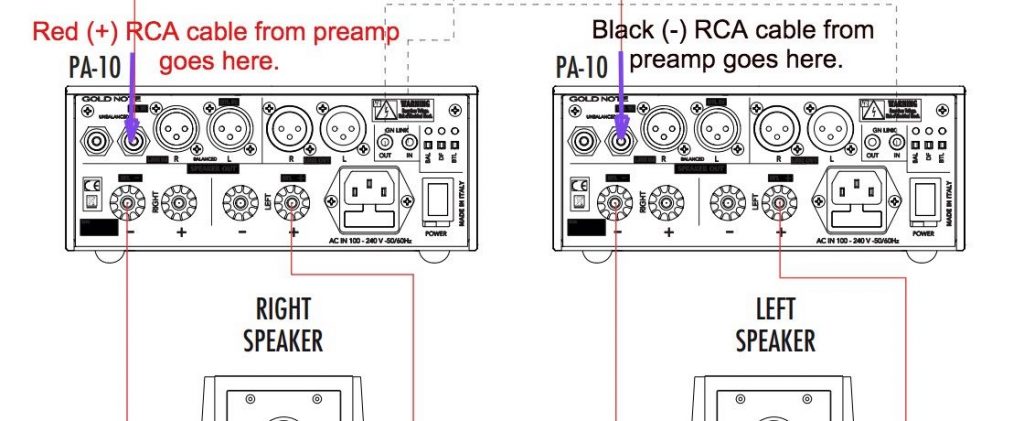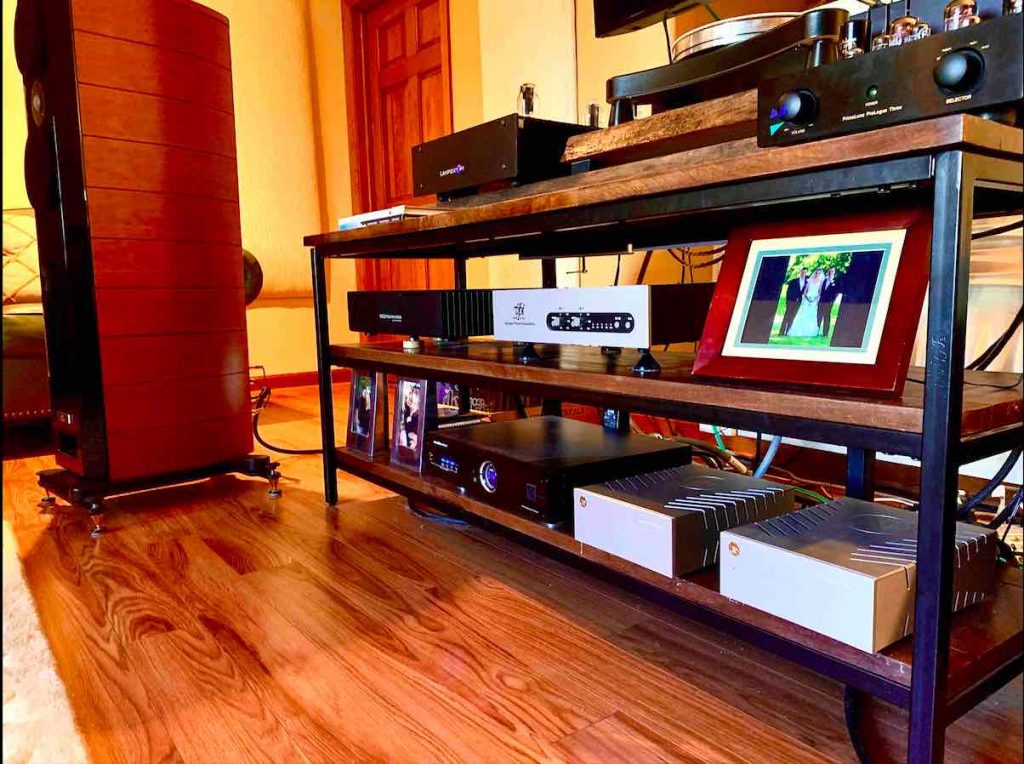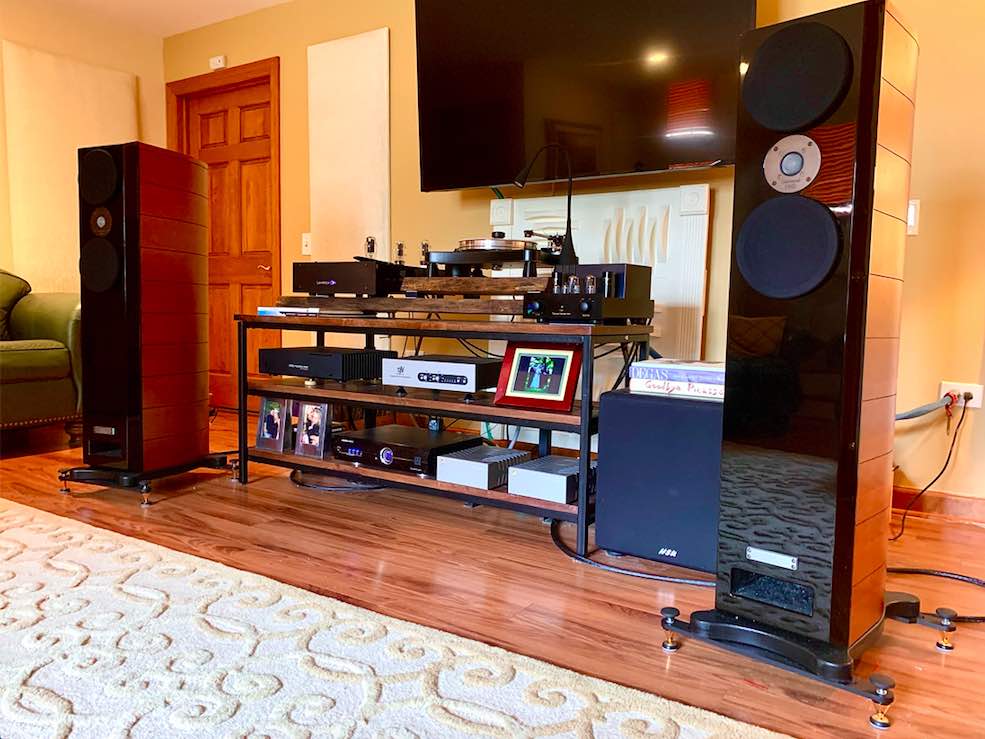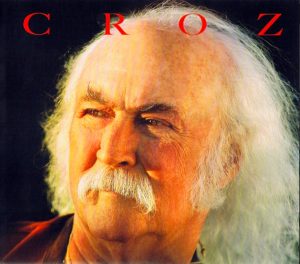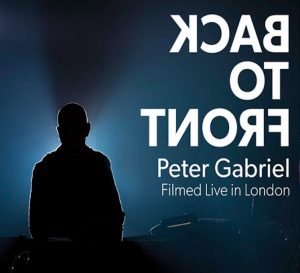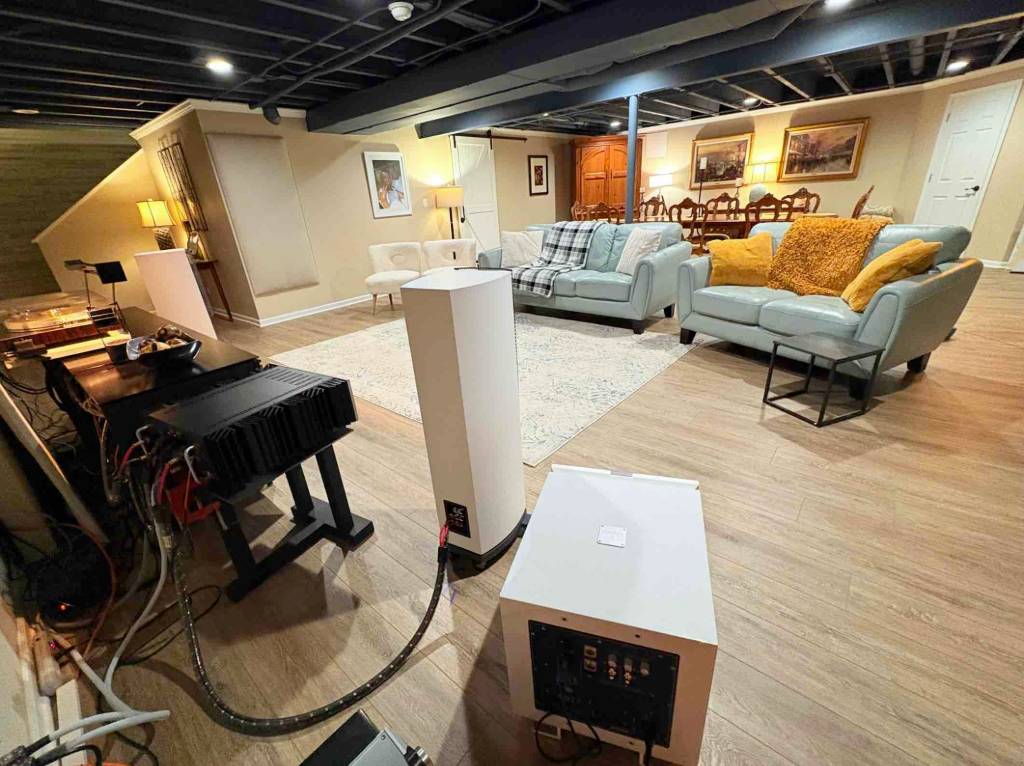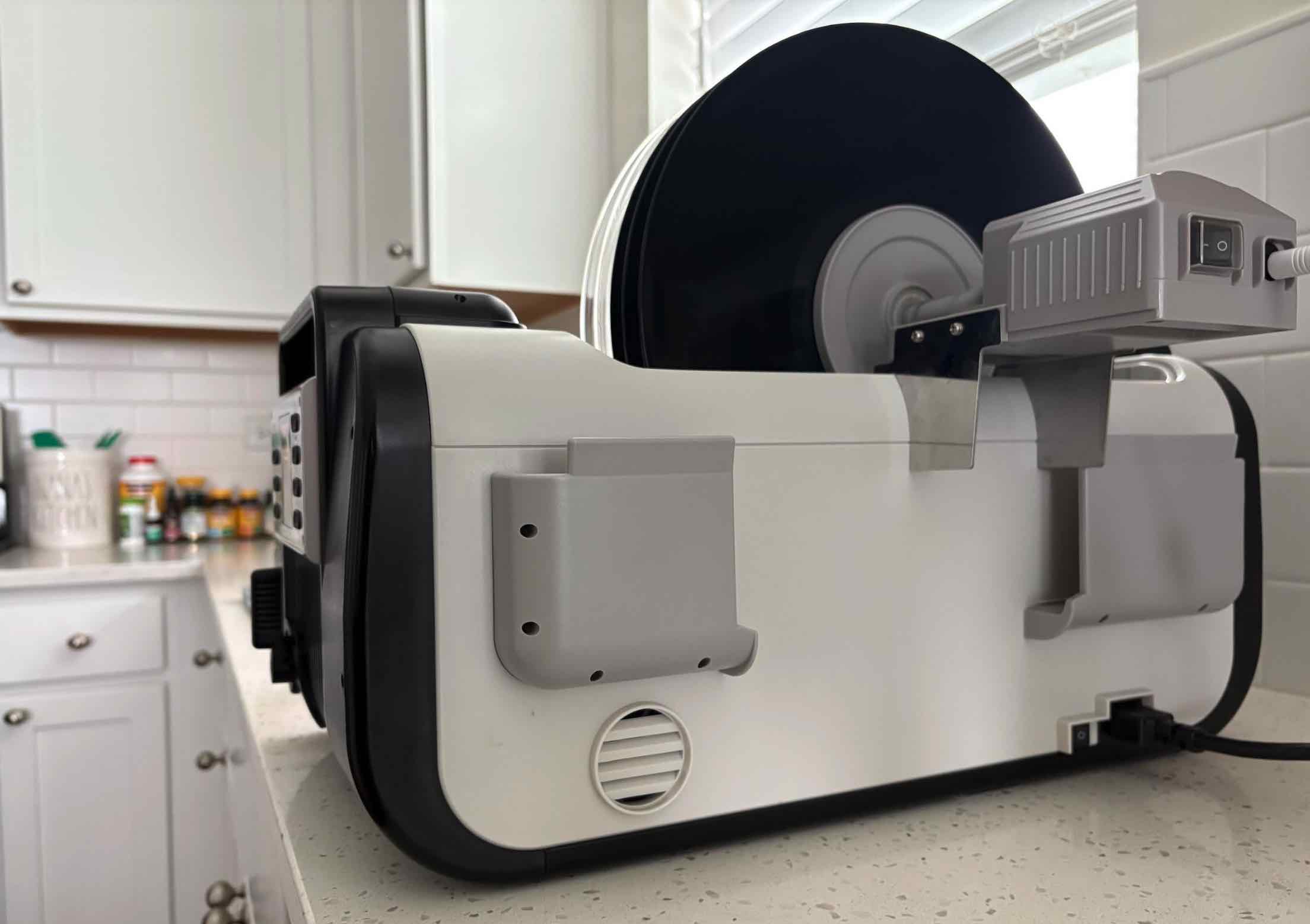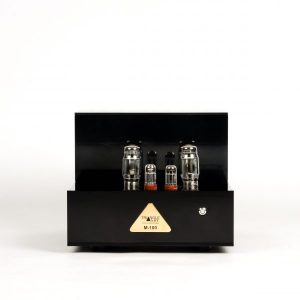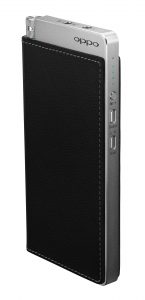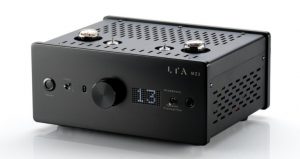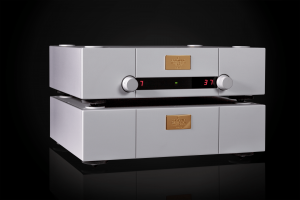Like the biblical hero depicted in Florence, Italy's famous David statue by Michelangelo, the diminutive PA-10 is angular and elegant, but capable of bringing down a giant or two by slinging notes with speed, precision, and wallop. Compact at 8 ½" W x 3 ⅜" H x 11 ½" D and 8.82 lbs., it's the latest power amplifier in the Series 10 product line of Gold Note, an Italian high end audio manufacturer located some 30 kilometers away.
The Maltese Priest and the Kidnapped Caravaggio (photo courtesy of www.salon.com)
Unlike Michelangelo's masterpiece, its lines are not classical, but modern minimalist, form fitting function, but with an Italian flair; it's more Gucci than Caravaggio, its slotted, brushed aluminum presentation goes hand in glove with world class Italian industrial, furniture, interior, and fashion design.
A Closer Look
Now, the PA-10 was built as a companion piece to Gold Note's DS-10 4 in 1 DAC, but integrates well with other brand components in your system. It's a fully balanced amp that can easily be bridged to work as a monoblock amplifier (i.e, one amp per speaker), boosting its power output from 75 watts per channel at 8 Ohms to 600 watts at 4 Ohms; using two PA-10 amps in monoblock configuration will boost your system's performance considerably. This is especially handy for speakers that demand great power.
The PA-10 has a stated input sensitivity of 1,4V RMS on RCA and XLR Input impedance of 13KΩ for RCA and XLR (for more technical information, click HERE).
What may surprise you is despite its great power for such a small box, it's not a Class D amplifier.
"It's actually an A/B amplifier, but it uses a switching mode digital power supply, which allows it to get more power in a smaller chassis," says Norm Steinke, Sales manager for Rutherford Audio, the U.S. distributor for Gold Note Audio.
Like Gold Note's flagship PA-1175 MkII, the PA-10 has an adjustable damping factor allowing matching for large, difficult load speakers (using its DF default setting) or highly sensitive or mini-monitor speakers with the DF low setting. Its proprietary GN LINK technology allows running the PA-10 in a Master-Slave mode with sources like the DS-10 or a second PA-10; used this way with the GN Link cable, it sits idly on standby until it gets a signal from its master, reactivating it. Some may find using the GN Link-Function extremely convenient, as it allows the whole system to be turned on or off with one click of a switch on one component.
Boasting top flight electronics inside and high quality RCA, XLR, and gold-plated speaker terminals, the PA-10 features a very solid steel chassis clad with thick aluminum panels designed to protect against RFI and EMI interference, while its aesthetic is designed to integrate well with other Gold Note Series 10 products.
For the purposes of this review, Rutherford Audio of Boulder, Colorado shipped a pair of Gold Note PA-10 amps to be used as monoblocks.
Setting Up
For the most part, setup is a breeze, although for those unfamiliar with linking a pair of monoblocks (at least the Gold Notes) to a preamp with RCA cables, they both connect at the negative input terminals of each PA-10 unit; the red (positive) RCA cable from the preamplifier goes into the negative RCA input of the right PA-10 amp powering the right speaker, while the black (negative) RCA cable from the preamp goes into the negative RCA input of the left PA-10 amp powering the left speaker (see illustration from the Gold Note PA-10 amplifier manual).
The manual provides wonderfully detailed additional illustrations for alternative setups, including balanced XLR connection, XLR with two PA-10s and four speakers, and more.
One other thing: a tiny, Mono Mode (BTL) switch must be engaged to use the amp as a monoblock, which can be a little challenging; unless you have exceptionally small fingers, a ballpoint pen tip, or other small stylus device is needed to reach into the small aperture opening to click it "on." An LED light turns blue after it's activated. Also, the PA-10 comes with its own, ordinary looking A/C power cord. Normally, I would use a high end aftermarket power cord, but as the manual stated "Only use attachments / accessories specified by the manufacturer," to be on the safe side, I went with theirs.
After that, it's plug and play—connect your speakers and A/C power cord, turn on your source, preamp, and the PA-10s, and let the music play.
Initial Impressions
As with all new amplifiers, the PA-10 needs a little playtime to hit its stride, but don't let that discourage you. Initially, it sounds very ordinary, but as the hours turn to several days, suddenly, you'll find yourself amazed by newfound realism, grip, speed, and slam. The additional headroom afforded by having 600 watts available is incredibly impressive. And if that seems like a lot for your speakers, don't worry; my four ohm Usher Mini Dancer 2 speakers are rated for 100 watts, but in reality, they (like most speakers) are normally running at a handful of watts, yet when the signal calls for it, the PA-10s deliver plenty of power, and with that much extra headroom, there's less chance of clipping when playing at loud levels.
I listen to music and take in HD movies with newfound wonder and satisfaction. Combined with the other select components and cabling in my system, I have achieved a new level of synergy. However, after several months of aural bliss, it's time to make a formal evaluation.
Listening Session
From the first resonant conga thump, to Marcus Eaton's strummed guitar and David Crosby's tender tenor, the PA-10s deliver an aural treat as "Time I Have" unfolds (David Crosby, Croz, Studio Master's Edition. Blue Castle Records, 2014. Qobuz FLAC 44.1kHz/24-bit). Building momentum, the low growl—then wails—of Shane Fontayne's electric guitar, the buttery and deft, swirling tone of Todd Caldwell's Hammond B-3, and the snap of Steve DiStanislao's drum kit step up vividly in this masterful mix. And on the next track, "Holding onto Nothing," Crosby's wistful, breathy vocals, accompanied by Fontayne's guitar and James Raymond's Fender Rhodes, briefly overtaken by Wynton Marsalis' somber trumpet solo, are round, vibrant, and lucid against a black background. Two tracks later in "Radio" there's plenty of slam and punch in DiStanislao's snare, while the tender notes of Raymond's piano are enchanting, floating off in the closing moments.
Served up next, the taut, woody upright bass is served up thick, rich, and full; accompanied by time-keeping claps, congas and sparse percussion, it's a perfect foil for Dominique Fils-Aime's rich, soulful vocals in "Birds," which are delivered with striking clarity and presence (Dominique Fils-Aime, Nameless. Ensoul Records, 2018. Qobuz FLAC 882kHz/24-bit).
Then there's that instantly recognizable rhythmic lead-in—the interjection, shhh, mated with Ringo's drums, and Paul's bass in the opening seconds of "Come Together" (The Beatles, Abbey Road. Super Deluxe Edition. EMI 1969. Qobuz FLAC 96kHz/24-bit); joined moments later by John Lennon's scratchy nasal vocals and George Harris' electric guitar, this rock classic really comes alive, transporting us back to their studio session in vivid Technicolor. Rich in detail, tone and clarity, Gold Note PA-10s deliver it with aplomb, weight, tone, and grip. It's altogether lovely.
The PA-10s deliver a rock concert into your living room. As evidenced in Peter Gabriel's "Shock the Monkey" (Peter Gabriel, Back to Front: Peter Gabriel Live in London. Real World, Eagle Rock Entertainment, 2014. FLAC 44.1kHz/16-bit), from the striking of drumsticks, echoing claps in London's O2 arena, the acoustic guitar, electric bass, kick drum, and the timbre of Peter Gabriel's gravelly, four octave voice, it's all there with plenty of slam, nuance and detail.
Michelangelo's David Statue (photo courtesy of www.accademia.org)
Concluding Thoughts
If you are interested in delivering graceful, articulate, big sound with plenty of slam, but without the big, ostentatious boxes often associated with monoblocks, a pair of Gold Note PA-10s are an excellent choice. Like a Ferrari, the PA-10s corner well with speed, precision, and accuracy—as well as style and panache. And when it's time to put the hammer down, zero to 60, it does that well, too! With the Gold Note PA-10s, you get a low noise floor, understated designer elegance, and smooth, balanced power to spare. Bottom line, with a MRP of $1724 each or $3448 a pair, they're a steal. I would highly recommend them.
PA-10 Amplifier
Retail: $1724 ($3448/pair)
Gold Note il suono italiano
Rutherford Audio, Inc.




